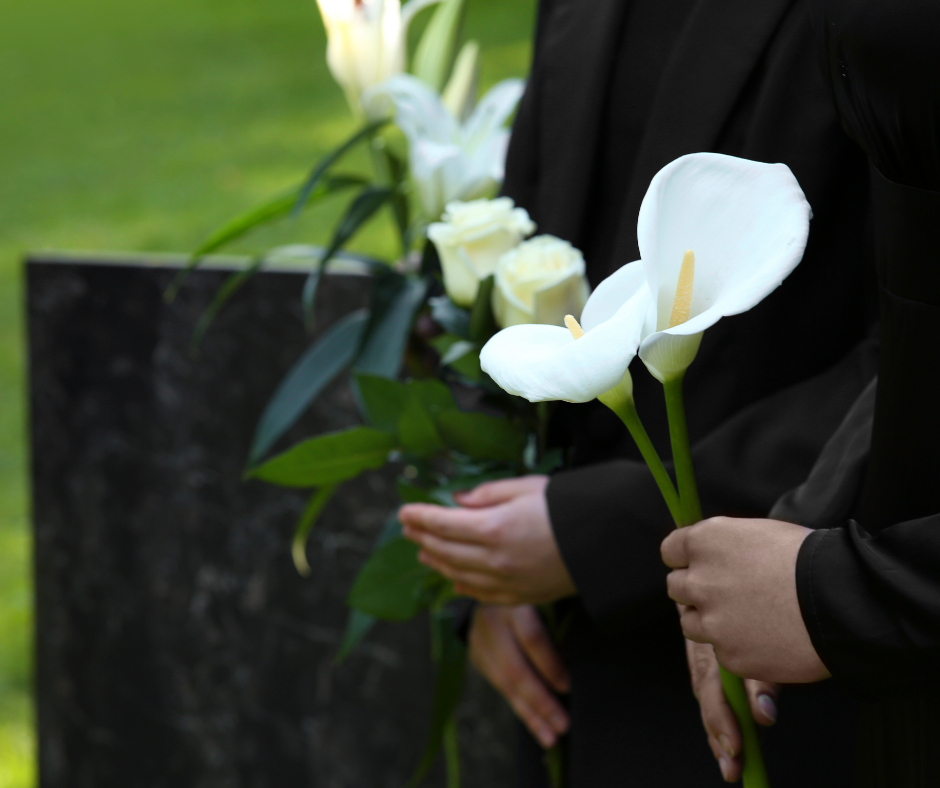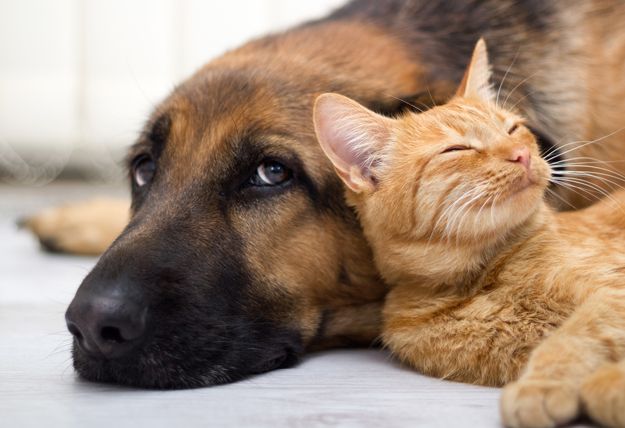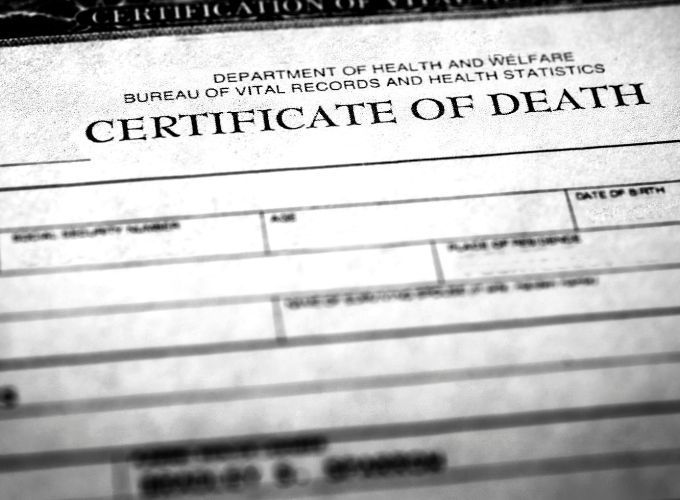Articles Of Interest
Answers To Common Questions About Cremation

Cremation is becoming increasingly more common and has even surpassed burial rates in some states. According to the National Funeral Director Association, in 2015 over 44% of people in Pennsylvania chose to have their remains cremated. In the entire United States, 49% chose to be cremated. When considering the option of cremation, some questions come to mind.
If I choose cremation, does that mean I cannot have a funeral or memorial service?
Unlike what you may have heard – choosing cremation still allows for a funeral or memorial service. Grief experts state that most families are better able to cope with the reality of the loss, when they have a time to view the body and say their final goodbyes. Traditional or contemporary services can be arranged before the cremation to allow loved ones to “say goodbye.” In addition, services can be arranged after the cremation process to honor your loved one.
What can I do with the cremated remains?
With cremation, there are a wide array of options to honor the memory of a loved one. Many people choose to place the cremated remains in an urn, which can be buried, placed in a columbarium or kept at home. The cremated remains can also be divided into several urns for multiple family members. Other people choose to spread the remains in a location(s) that hold a special significance. One option that is gaining popularity is to place the cremated remains in cremation jewelry or glass.
Are there regulations on where I can scatter the cremated remains?
The scattering of cremated remains can take place on private property, on public lands, in a cemetery, in a body or water, or even shot into the air in a fireworks display. It is important to remember that there are certain local or state laws that govern to the scattering of remains. Make sure to abide by them on both public and private land
What is the impact of scattering cremated remains?
Cremated remains can be scattered a number of ways. Some families choose to only scatter a partial amount of the remains and have the rest buried or inurned in a cemetery, while others choose to scatter the cremated remains at one or several different locations. The locations chosen are often tied to a significant memory of that loved one and help to keep their memory alive. It is important to remember that when opting to scatter all of the cremated remains, this negates the ability to have a permanent marker, where others can visit and reflect. To fill the need for a permanent marker, a visitation location can be created by setting a plaque at the scattering site or having a memorial garden.
What do I need to do if I have to transport remains by a commercial airplane?
When travelling by air, TSA has specific restrictions about flying with cremated remains. TSA allows the escort of cremated remains. However, there are some airlines who do not allow cremated remains in checked bags, so it important to check with your airline about possible restrictions. TSA suggests placing the remains in containers that are easily scanned by XRAY, such as wood or plastic. If TSA officers cannot clearly see what is in the container, the container will not be allowed to be transported. Out of the respect for the deceased, screeners will not open a container.
If you have further questions about cremation, please contact the Buch Family of Funeral.











